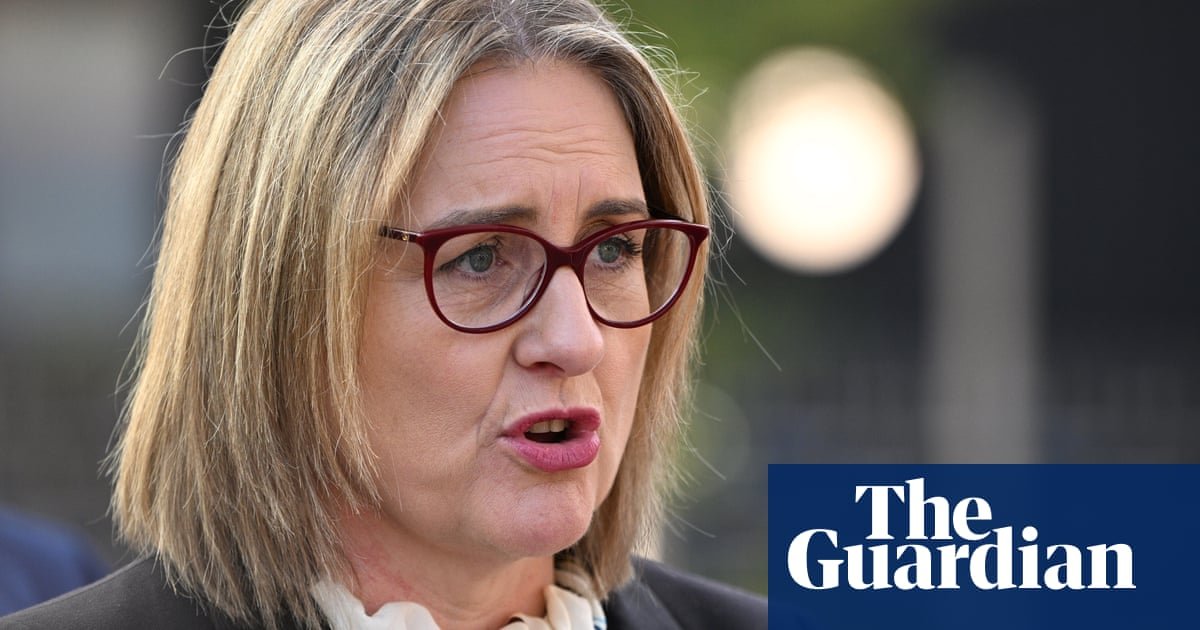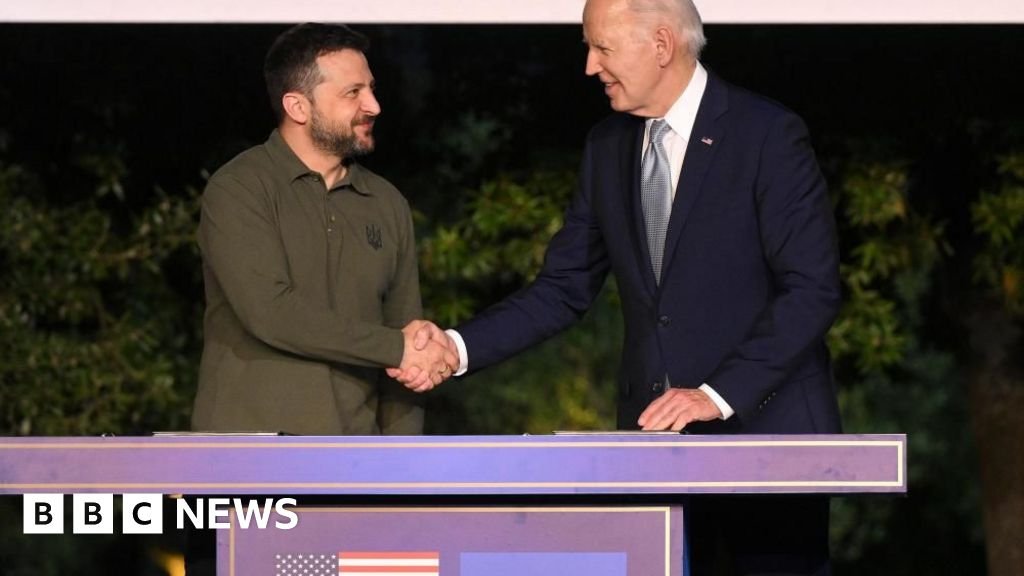Melbourne’s CBD, the outer suburbs and the regional city of Geelong will shoulder the burden of new housing in Victoria, according to draft council targets set to be released by the state government.
The premier, Jacinta Allan, and planning minister, Sonya Kilkenny, will on Sunday announce their proposed housing targets for local government areas (LGA), which they say could lead to the construction of 2.5m new homes by 2051.
Geelong, Victoria’s second largest city, has been set the highest target of 139,800 new homes by 2051. The city had a total of 127,300 homes in 2023.
This is followed by the City of Melbourne – which takes in the CBD as well as suburbs such as Carlton, Flemington, Kensington, North Melbourne and South Yarra – with a target of 134,000 new homes. In 2023, the LGA had a total of 110,100 homes.

The Melton LGA, about 40km west of Melbourne’s CBD, is third with a proposed target of 132,000 new homes.
The council, which takes in Melton and Melton South as well as Caroline Springs, Diggers Rest and Truganina among others, had about 69,000 homes in 2013 but data from the Australian Bureau of Statistics shows it is among the fastest growing municipalities in the nation, with an annual population growth of 6.6%.
Other growing outer suburban LGAs have also been set high targets, with Wyndham in the south-west, Casey in the south-east and Hume in the north-west following suit with 120,000, 104,000 and 98,000, respectively.
The government has emphasised that more homes are needed in established suburbs. They have set a proposed target of 72,000 new homes in Darebin and Merri-bek, in the inner north, and Monash, in the south-east.
In a media release, the premier singled out the “the well-connected Boroondara” LGA, which has a target of 67,000 new homes, as well as Kingston, which it has set a target of 59,000 due to its proximity to the government’s Suburban Rail Loop project.
Earlier this year, Boroondara was identified by the housing advocacy group Yimby Melbourne as the most in-demand local government area in Melbourne with capacity for growth.
A few kilometres east of the CBD, it takes takes in affluent suburbs including Balwyn, Camberwell, Canterbury, Hawthorn, Kew and Surrey Hills.
But census data shows it is growing at a much slower rate than the rest of Melbourne, and is home to a lower proportion of young children and people aged in their 30s, which Yimby Melbourne blamed on community resistance to high-density housing.
after newsletter promotion
Allan said if inner and middle Melbourne suburbs reached the government’s proposed targets, many LGAs would “double their number of new dwellings every year”, give more young people “the chance to live near where they grew up” and reduce pressure on the outer suburbs.
She said it would also mean the state government would reach goal of 70% of new homes going in established areas and 30% in outer-suburban growth, which the government committed to in its housing statement, released in September.
The 70-30 split was first set out in Plan Melbourne, a strategy released in 2017 to guide the city’s housing growth. But since 2014, just 56% of new dwellings have been delivered in established areas.
The new local government targets will instead form a part of Plan Victoria, a new strategy that will supersede Plan Melbourne.
The government said it would consult with councils on the targets before releasing final targets released by the end of the year.
It said it wants councils to “unlock space for more homes by proposing changes to local planning rules”.
“To give industry the confidence they need to get on and build, we need government and all councils working towards the same goal: more homes for Victorians – in the right places,” Allan said.
It comes after the NSW government updated its targets for councils last month, as part of its plan to reach 377,000 new homes by 2029, along with the $200m incentive scheme.










